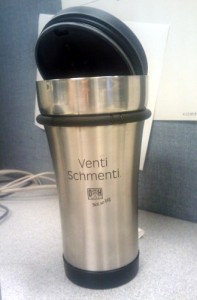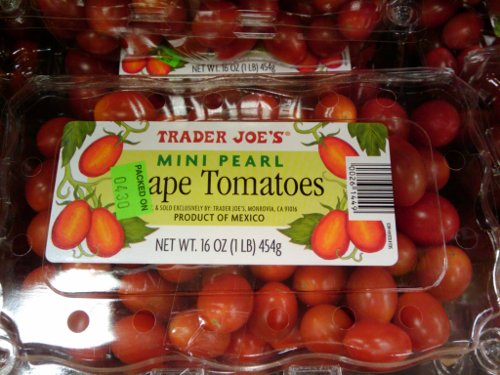 Continued from volume one…
Continued from volume one…
- You put a filter in the coffee maker, then go back to get…a filter for the coffee maker. And then put the bag of coffee back in the fridge…where you’ve never kept coffee. Ever. (Yeah, I was batting 1,000 that day.)
- You get halfway up the stairs before realizing you left your travel mug in the car. (I’ve done this several times.)
- You get impatient with the pour rate while filling your mug.
- You pour cereal into your coffee mug instead of a bowl. (Well, almost.)
- You come up with a great item to add to your “You know you need coffee when…” list and can’t remember what it was.


